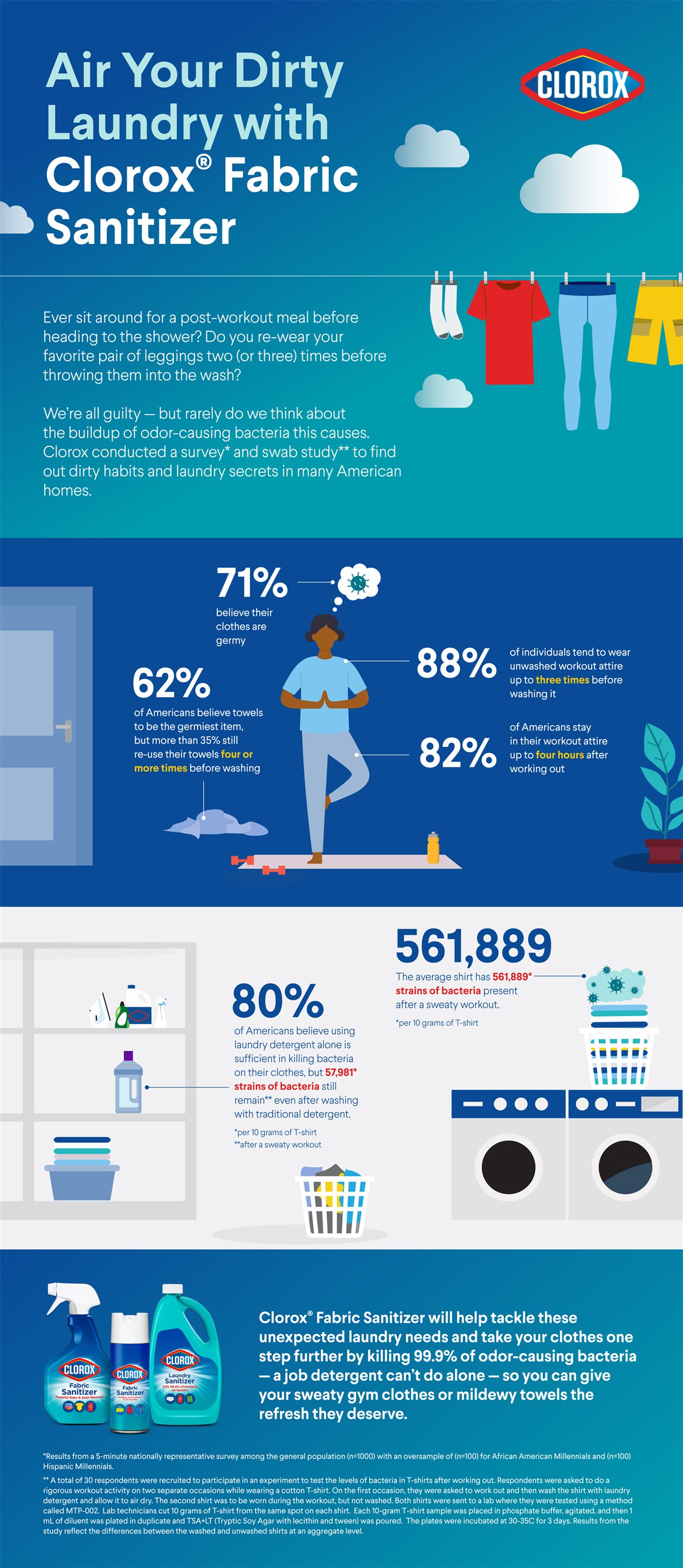2021-04-22T08:01:00
(BPT) – For many people, raising a child is one of life’s greatest adventures. If your child is healthy and happy, you’re a lucky parent. Not all families are so fortunate. Of more than 100,000 people currently on the national organ transplant waiting list, more than 1,900 are children, over one-third of them under 6 years old. Due to the unique requirements of pediatric organ donation, many continue to wait, hoping for a brighter future.
The unique nature of pediatric organ transplants
The need for organs is only growing, but for many types of transplantation, young children often need to receive an organ from a donor of similar age and size, a requirement that frequently means a lack of availability. Approximately 100 children die each year due to this critical shortage, but they don’t have to — just one organ and tissue donor can save up to eight lives and enhance the lives of as many as 75 people.
Following the tragic passing of their 2-year-old son Lane Thomas Graves in 2016, Matthew and Melissa Graves formed the nonprofit The Lane Thomas Foundation (LTF) to honor his legacy, his love of life and the joy and light he brought to others. The foundation is dedicated to raising awareness about pediatric organ donation through its Keep Love Alive campaign and by supporting children who need life-saving transplants and their families.
“Losing a child is unbearable no matter the circumstances,” Matt says. “People who make the decision to donate their child’s organs are heroes. We want to spread the word and encourage families to have the conversation. Our vision is that no child dies waiting for a transplant. In the event of tragedy, we feel that there’s no better way to honor your child than to give life to another child.”
Giving the most precious gift: Life
Lauressa Gillock, North Platte, Nebraska, made the decision to donate the organs of her 3-year-old daughter, Olivia, who passed away from brain cancer, gifting Olivia’s intestines to Angelo, her liver to Lucas, her kidneys to Scott, her corneas to a fellow Nebraskan and her heart to a little boy named KeVon in Mississippi.
“Nothing can prepare you for the devastation of losing a child,” says Gillock, now a pediatric organ donation advocate and an ambassador for LTF. “However, people are alive today because of my daughter. Being part of a decision that has saved several people’s lives gives me a reason to live.”
Gillock later met KeVon, now 8 years old, who received his heart transplant at 22 months old, an emotional meeting captured in the foundation’s newly released #KeepLove Alive PSA.
“This little boy is running, playing and feels joy and has a full life because of my little girl,” she says. “I felt Olivia’s heart beating in his chest. This is one very important way her legacy lives on. When people question why they should donate, I say, ‘Why wouldn’t you?’”
Discuss organ donation for the whole family
While you may have discussed organ donation for yourself or other adults in your household, you may not have discussed it in regard to your children. Hopefully, you’ll never have to face the decision, but if you do, it’s helpful to know how you feel about it ahead of time.
More stats about organ donation according to Donate Life:
- The largest U.S. football stadium could not fit the number of patients on the national transplant waiting list, and another person is added to the list every 10 minutes.
- 95% of Americans are in favor of being a donor but only 58% are registered.
Take action today
April is National Donate Life Awareness Month and April 18-24 is Pediatric Organ Donation Week. Now is the time to start the conversation, discussing with family and friends how making a commitment to organ donation can save lives.
Learn more about what you can do at www.lanethomas.org, where you can take the “Lane’s Light Pledge” and make a donation to support families of children undergoing organ transplant. Parents can register on the national organ registry at www.donatelife.net/register, which is also available for sign-up by adults and driving-age children during driver’s license sign-up/renewal in many states.










